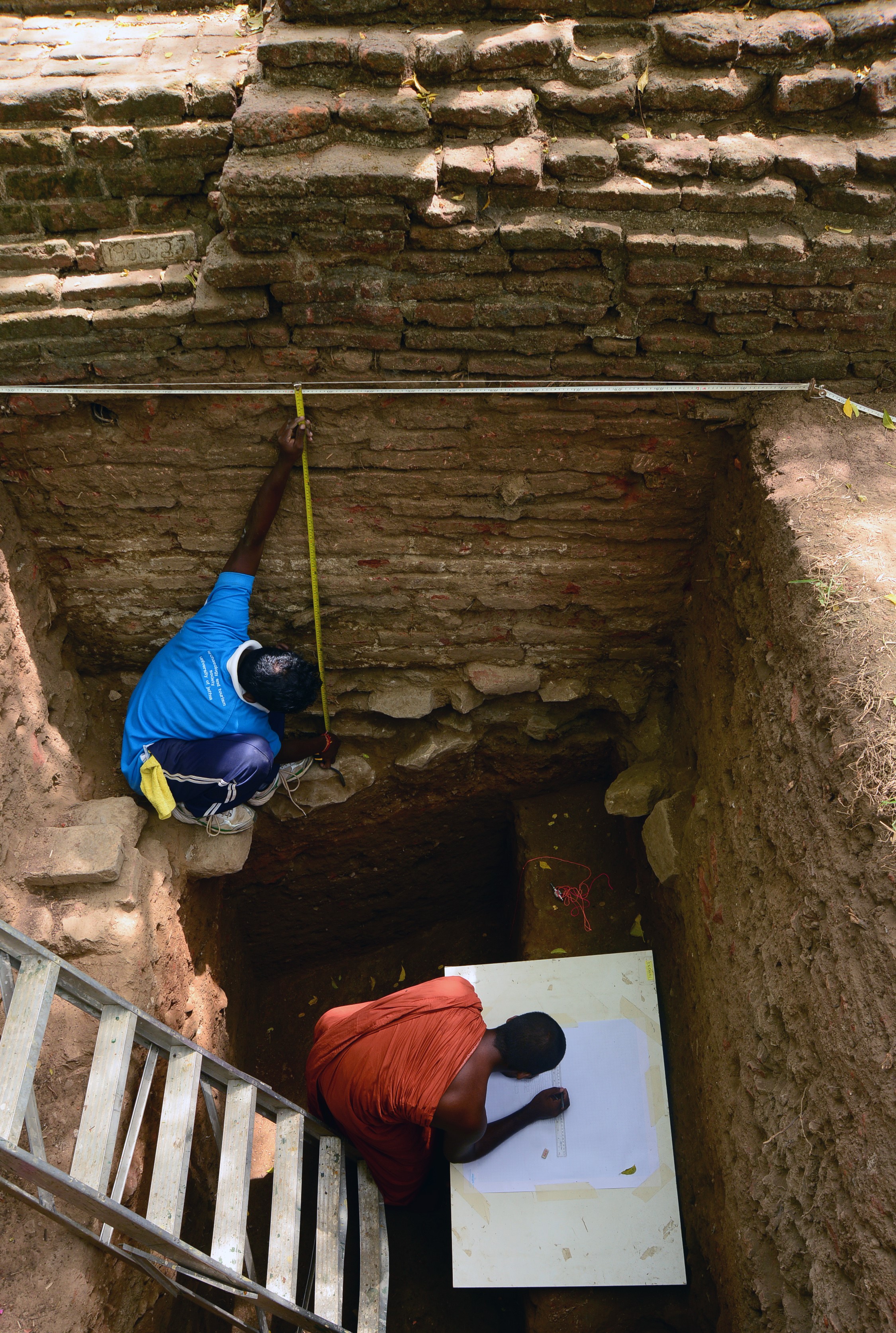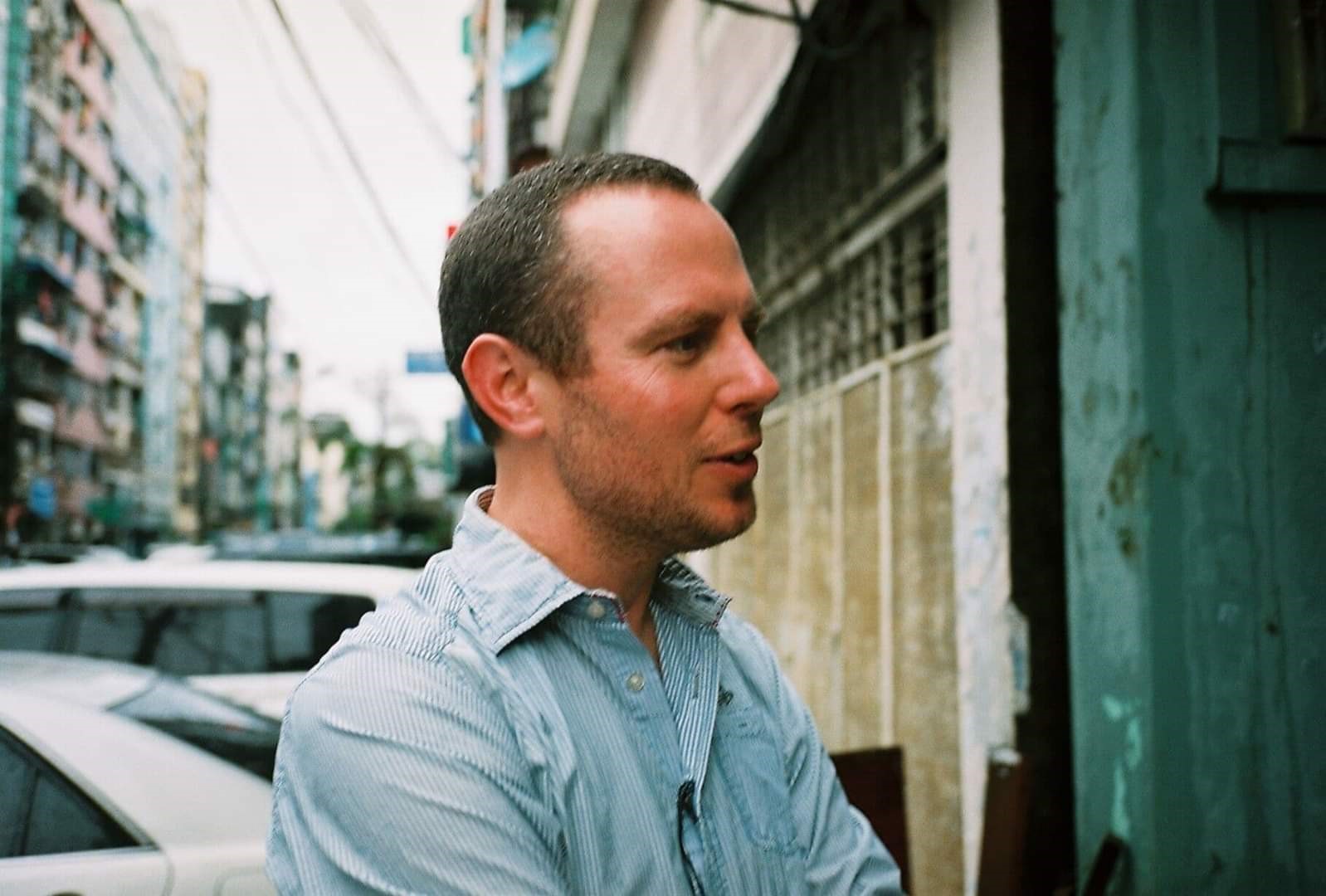The Decline and Fall of the Rajarata Kingdoms: Hydraulic complexity and collapse in Mediaeval Sri Lanka
Abstract
The Rajarata Kingdoms emerged from Sri Lanka's Dry Zone as the island's first complex, urban, stat e in the mid 4th century BCE. The polity, centred upon its first urban capital of Anuradhapura, rapidly developed into a major Indian Ocean hub despite the semi-arid marginal environment of the island's northern plains. Indeed, this environment contributed to a distinctive tropical low-density urban form (Lucero et al. 2015) in which a monumental and complex hydraulic landscape facilitated an economic structure that saw Buddhist monastic institutions performing the administrative roles typically associated with higher-order settlements, while Anuradhapura's settlement was typically small-scale, short-lived, and mobile. This system endured, flourished even, for almost 1500 years, before "collapsing" in the early 11th century CE. Historically ascribed to a Chola invasion from southern India, recent work has argued that the “collapse” may have in fact been caused by the increasing economic power of the factional Buddhist sangha (or clergy), along with the ownership and administration of the kingdom’s hydraulic infrastructure.
e in the mid 4th century BCE. The polity, centred upon its first urban capital of Anuradhapura, rapidly developed into a major Indian Ocean hub despite the semi-arid marginal environment of the island's northern plains. Indeed, this environment contributed to a distinctive tropical low-density urban form (Lucero et al. 2015) in which a monumental and complex hydraulic landscape facilitated an economic structure that saw Buddhist monastic institutions performing the administrative roles typically associated with higher-order settlements, while Anuradhapura's settlement was typically small-scale, short-lived, and mobile. This system endured, flourished even, for almost 1500 years, before "collapsing" in the early 11th century CE. Historically ascribed to a Chola invasion from southern India, recent work has argued that the “collapse” may have in fact been caused by the increasing economic power of the factional Buddhist sangha (or clergy), along with the ownership and administration of the kingdom’s hydraulic infrastructure.
Following Anuradhapura’s “collapse”, power and settlement appear to shift to Polonnaruva - around 100km to the southeast. A new capital, a new urban hinterland, but seemingly many of the same problems – as we see Polonnaruva abandoned just two centuries later, having run through what appears to be a remarkably similar narrative. The emergence and abandonment of Polonnaruva are now the subject of a four-year ARC funded Discovery Project (DP190100485), and this working paper presents an archaeological reassessment of Anuradhapura’s 11th century “collapse”, before laying out the aims and objectives of the current Polonnaruva project.
About the presenter
Dr Keir Strickland is a Senior Lecturer in Asian Archaeology in the Department of Archaeology and History at La Trobe University, a position  they have held since 2016 when they joined La Trobe from the University of the Highlands and Islands in the UK – swapping the remote rural beauty of the Orkney Isles for the coffee-shops and laneways of metropolitan Melbourne. Dr Strickland has carried out archaeological research in South Asia for nearly 20 years, since they spent six-months living in a Buddhist monastery at the UNESCO World Heritage Site of Lumbini, in order to carry out a cultural and environmental monitoring of the site as part of their undergraduate degree. In addition to the current Polonnaruva DP, they are also part of a Nepali-British team working on the natal landscape of the historic Buddha in southern Nepal.
they have held since 2016 when they joined La Trobe from the University of the Highlands and Islands in the UK – swapping the remote rural beauty of the Orkney Isles for the coffee-shops and laneways of metropolitan Melbourne. Dr Strickland has carried out archaeological research in South Asia for nearly 20 years, since they spent six-months living in a Buddhist monastery at the UNESCO World Heritage Site of Lumbini, in order to carry out a cultural and environmental monitoring of the site as part of their undergraduate degree. In addition to the current Polonnaruva DP, they are also part of a Nepali-British team working on the natal landscape of the historic Buddha in southern Nepal.
Contact seadin.gallagher@uq.net.au or e.mein@uq.edu.au for Zoom meeting details.
About Archaeology Working Papers
The Working Papers in Archaeology seminar series provides a forum for dissemination of archaeological research and ideas amongst UQ archaeology students and staff. All students are invited to attend the series and postgraduate students, from honours upwards, are invited to present their research. The aim is to provide opportunities for students, staff and those from outside UQ, to present and discuss their work in an informal environment. It is hoped that anyone interested in current archaeological directions, both within and outside the School and University, will be able to attend and contribute to the series.
2025 Upcoming Sessions
| Date | Presenter |
|---|---|
| 8th August | Nicholas Hadnutt and Lincoln Morse |
| 15th August | Jane McMahon |
| 22nd August | Martin Gibbs |
| 29th August | Karen Cooke |
| 5th September | Shoshanna Grounds |
| 12th September | Meg Walker |
| 19th September | Marc Cheeseman |
| 26th September | Ladislav Nejman |


